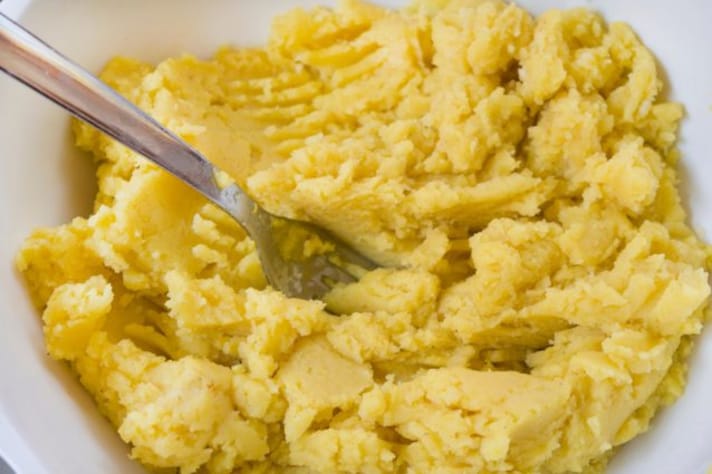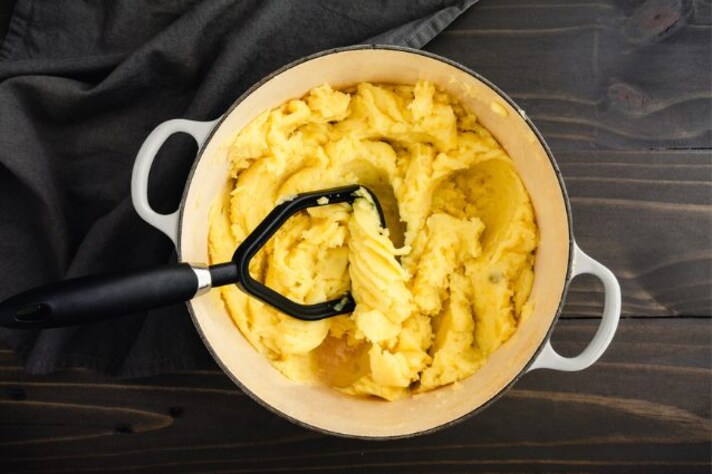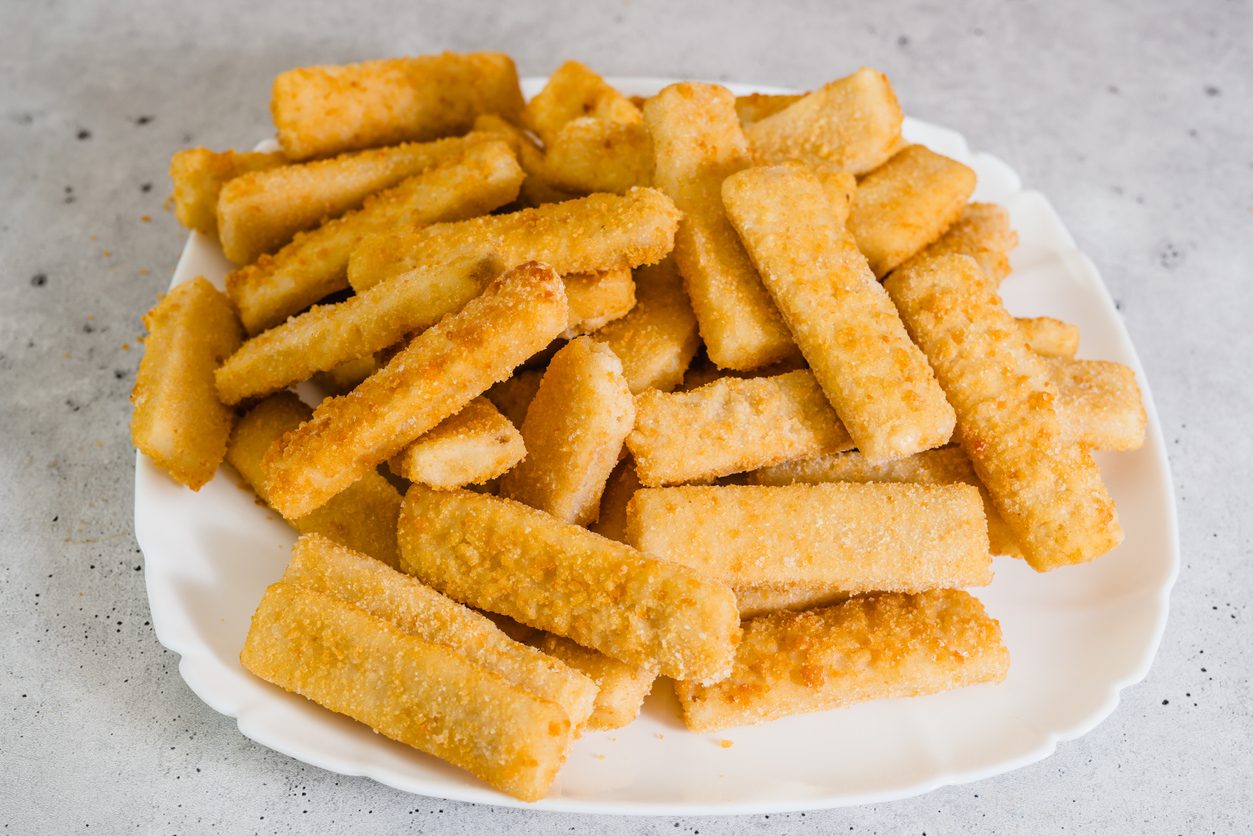Here’s Why You Should Never Use an Immersion Blender to Mash Your Potatoes
Mashed potatoes should be creamy and light, but an immersion blender turns them into a gluey disaster. The culprit? Overworked starch, broken down by the blender’s high-speed blades. A regular blender isn’t any better—it’s just another path to potato paste.

Mashed potatoes should be creamy, buttery, and light enough to make you believe in the magic of simple ingredients. But introduce an immersion blender into the mix, and that dreamy side dish turns into something with the consistency of wallpaper paste. This isn’t an exaggeration—immersion blenders are powerful little beasts, and when you let them loose on a pot of cooked potatoes, things go south very, very quickly.
The Science of the Slime
Potatoes are packed with starch, and when you mash them, some of that starch is naturally released. That’s fine—up to a point. But an immersion blender doesn’t just mash; it pulverizes. Its high-speed blades overwork the starch, breaking down the cell walls and releasing a flood of sticky, gummy molecules. The result? Instead of light and fluffy potatoes, you get something closer to school cafeteria glue, and once that starch is overactivated, there’s no fixing it.

Is a Blender Any Better? (Spoiler: No.)
If you’re thinking, Okay, fine, no immersion blender—but what about a regular blender? let’s just stop you right there. A traditional stand blender or food processor is just as disastrous, if not worse. The blades may not be as aggressively direct as an immersion blender, but they still create a vortex of overworked starch. A few pulses might seem safe, but one second too long and you’re back in glue territory. And nobody wants mashed potatoes that stretch when they should melt.
So, What’s the Right Tool?
If you want mashed potatoes worthy of a holiday dinner (or just a Tuesday night treat), go old school. The best tools are the ones that work with the potatoes rather than against them. A potato masher is a classic choice, giving you control over texture. If you want something even silkier, a potato ricer or a food mill is your best friend, pressing the potatoes through tiny holes without overworking them. A simple wooden spoon can also help with final mixing—just stir in your butter and cream gently to keep everything light.

;Resize,width=767;)
;Resize,width=712;)

;Resize,width=712;)
